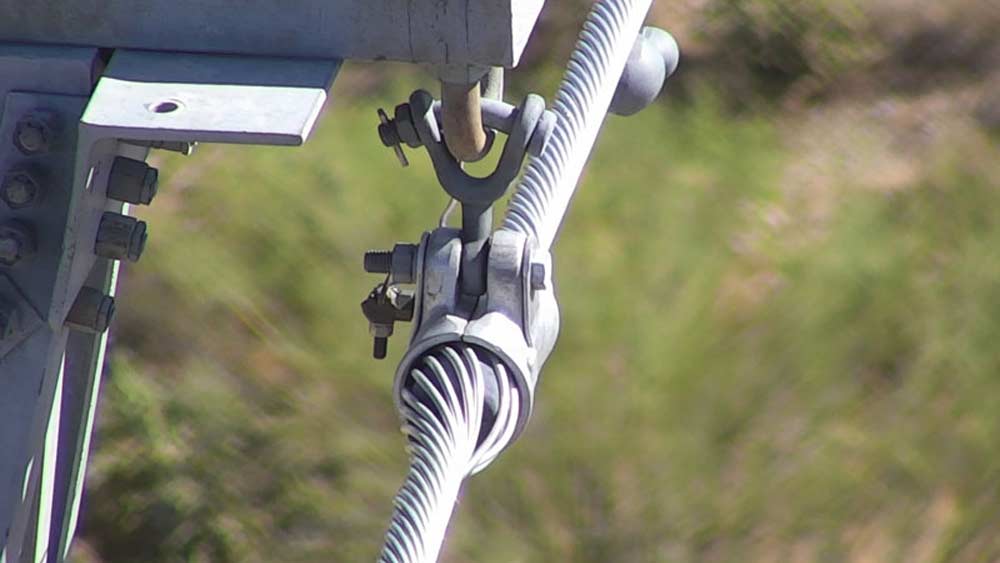
Drone data collection company Soaring Eagle Technologies is getting close to operating beyond line of visual sight (BVLOS) missions as a regular way of doing work. Late in December, the inspection service provider to critical infrastructure owners across the US received yet another Federal Aviation Administration (FAA) waiver to fly such missions, pushing its total to over 60.
Houston-based Soaring Eagle Technology said it had received another special government interest waiver from the FAA for a BVLOS flight in late December, its second in less than two months. That will push the company’s tally of such flights to over 60, which it says exceeds those obtained by any other competitor. In November Soaring Eagle used its previous authorization to perform a 51-mile BVLOS inspection of a major energy client’s infrastructure in just six hours – equipment packing and the drive back to headquarters included.
Soaring Eagle is making both the quality of its BVLOS inspections and mapping services, and its success in obtaining FAA authorization for those flights a major selling point to existing and potential customers. Among its total beyond-sight waivers are 17 granted under emergency conditions to enable swift and precise infrastructure auditing in the wake of hurricanes, fires, or other extreme weather events.
“(Soaring Eagle) is now positioned to safely perform BVLOS operations as a ‘normal’ daily mission,” said company president Will Padden. “This FAA waiver allows Soaring Eagle to collect information more thoroughly and efficiently. That means there is a tremendous demand for this service, especially among utilities and (companies) managing other key infrastructure throughout the country.”
All types of drone inspection missions combined, the Soaring Eagle says it has over 30,000 UAV flying hours inspecting more than 10,000 electrical infrastructure assets, among other sites. The company says its drones can examine and collect data of up to 100 miles of transmission lines per day in BVLOS mode, at over 50% savings to clients compared to usual small aircraft or road methods.
“The drone inspection option is also cleaner and safer than the fossil fuel alternatives such as helicopters and ground patrols,” notes Nathan Alber, Soaring Eagle’s training director, who added the minority- and US Army veteran-owned company offers other cultural advantages to customers as well. “Safety and data security are a paramount focus for our company. Our army training and experience piloting manned aircraft are key factors that contributed to the FAA’s decision to award Soaring Eagle this latest waiver.”
For his part, Padden believes Soaring Eagle’s momentum in obtaining FAA waivers, and the increasing demand for such missions in the wake of storms and wildfires, gives his company and clients a clear advantage as BVLOS missions start becoming a meow routine part of drone activity.
“It won’t be long before we have aircraft in our fleet that are capable of not only safe and efficient BVLOS operations, but in conjunction with 4G and 5G data networks, we’ll be able to launch and pilot our aircraft from thousands of miles away if needed,” Padden says. “This means our response time for natural disasters or other incidents involving critical infrastructure would be cut from hours to minutes – saving our customers downtime, money, and possibly lives.”
Photo: Soaring Eagle Technologies
FTC: We use income earning auto affiliate links. More.

Comments